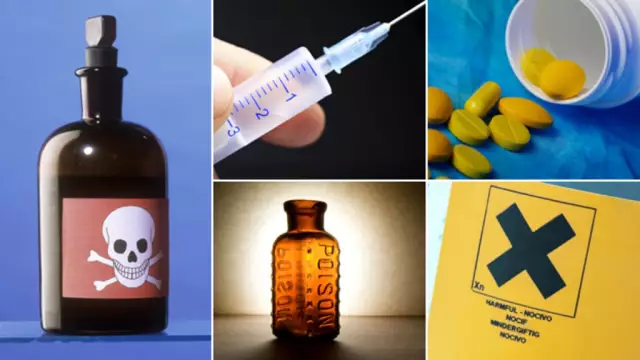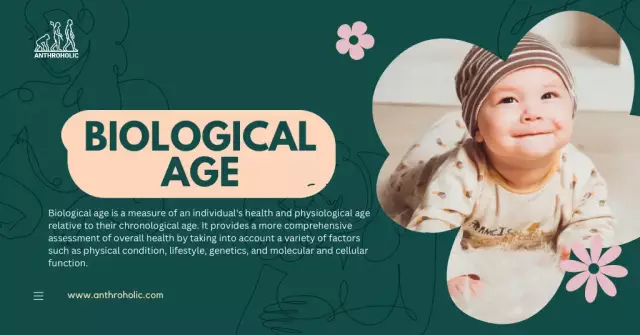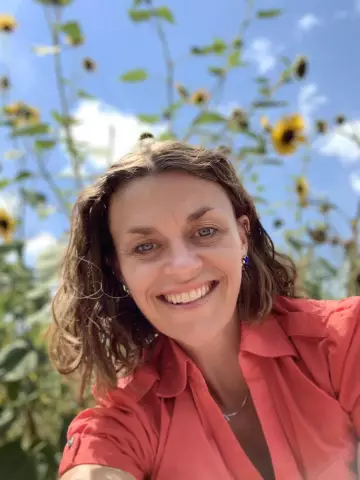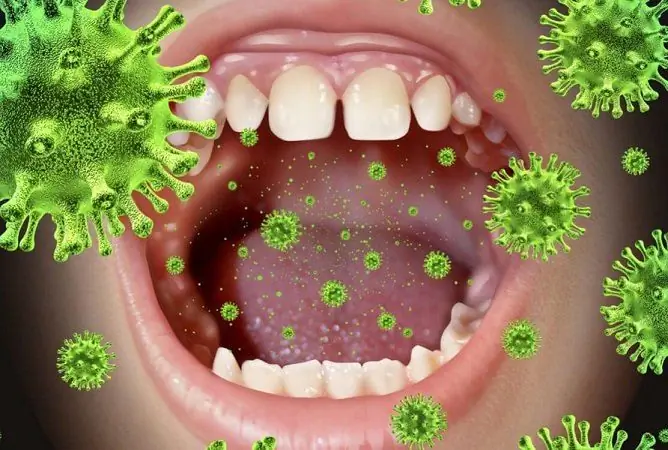- Author Rachel Wainwright [email protected].
- Public 2023-12-15 07:39.
- Last modified 2025-11-02 20:14.
10 poisons that can save a person's life
The fact that some toxins in minimal amounts when ingested have a therapeutic effect has been known to mankind since ancient times. Many substances recognized as poisonous are still used for medicinal purposes, being the main active ingredients of drugs officially released by the pharmaceutical industry. We will tell only about the most famous of them.
Cone snail toxin
Cones are a genus of predatory sea snails (more than 500 species) that live mainly in the tropics, near barrier reefs. They prey on aquatic worms, small fish and molluscs by immobilizing their prey with venom containing neurotoxins. For a person, the bite of a cone is very noticeable, but, as a rule, it is not fatal. However, there are cases when swimmers, inadvertently disturbing the snails, drowned due to severe pain or muscle paralysis caused by poison.
In the process of studying the toxins of cone snails, it turned out that the substances included in their composition can relieve convulsions and calm the nervous system. The drugs produced on their basis are the strongest pain relievers that are not addictive. Today, drugs are under development that will alleviate the symptoms of Parkinson's and Alzheimer's diseases, and will also be able to relieve epileptic seizures.
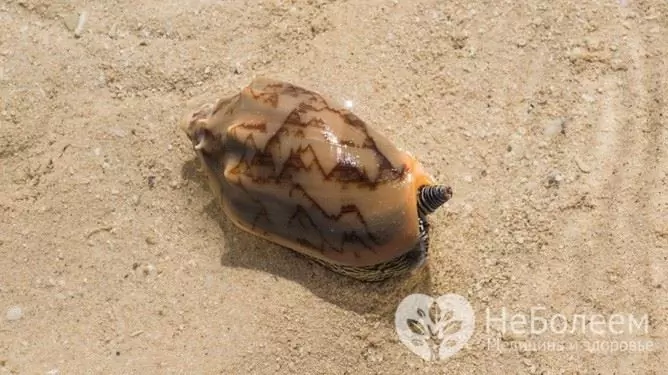
Source: depositphotos.com
Aconite poison
Aconite (wrestler, skullcap) is a popular ornamental plant that adorns many summer cottages in Russia. At the same time, growers do not necessarily know that all parts of their favorite flowers (especially tubers) contain an extremely strong poison.
Aconite toxin (aconitine) inhibits respiration and cardiac activity, affects the circulatory system. Hunters from some tribes in India and Nepal still use it to grease arrowheads. The ancient Germans used this poison in a similar way. In some countries of medieval Europe, a person who was found to have an aconite tuber was considered a convicted poisoner and was subject to execution without trial.
Despite such a grim reputation, aconite has been used extensively for medical purposes. Back in the middle of the last century, there were a number of medicines made using parts of this plant. They have been used to treat catarrhal symptoms for colds, sore throats, laryngitis and pneumonia, and to relieve asthma attacks. Now these drugs have been replaced with safer means, and the aconite alkaloids have found another application: on their basis, homeopathic dosage forms are created, which are used in the complex therapy of oncological diseases. For example, in case of skin cancer, tincture of skullcap tubers is used externally, and colon tumors are treated with suppositories or ointments containing aconitine. In some cases, skullcap preparations must be taken orally - of course,very carefully and with the strictest adherence to dosage and preparation technology.

Source: depositphotos.com
Digitalin
Foxglove (digitalis) is a herb with large, beautiful flowers, common in Asia, North Africa and Europe. In our country, there are 6 species of it, all of them are very poisonous: an adult can get a lethal dose of digitalin, a cardiac glycoside, by accidentally eating just one leaf of the plant.
The history of the medical use of foxglove goes back more than 15 centuries (the first reliable information about this dates back to the 5th century AD). As a remedy for heart failure, digitalis preparations have been used since the middle of the 17th century. The great Russian scientist S. P. Botkin highly appreciated their therapeutic effect, but noted that the widespread use of such means does not allow the impossibility of determining the exact dosage and individual reactions of patients. With the development of the pharmaceutical industry, the first of these shortcomings was minimized, and today digitalis preparations are the main drugs that help save chronic heart disease.
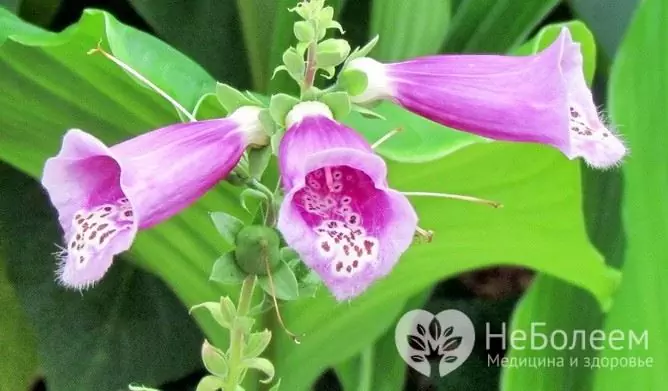
Source: depositphotos.com
Contortrostatin
The mocassin (copper-headed) snake is a poisonous snake that lives in North America. Its bite is almost never fatal, but the snake is considered dangerous because of its aggressiveness.
Relatively recently, it became known that the protein contortrostatin, contained in the venom of the mucus, can inhibit the growth of cancer cells and prevent the formation of metastases. The pharmaceutical industry has not yet started the production of drugs based on it: the drugs are undergoing laboratory testing.
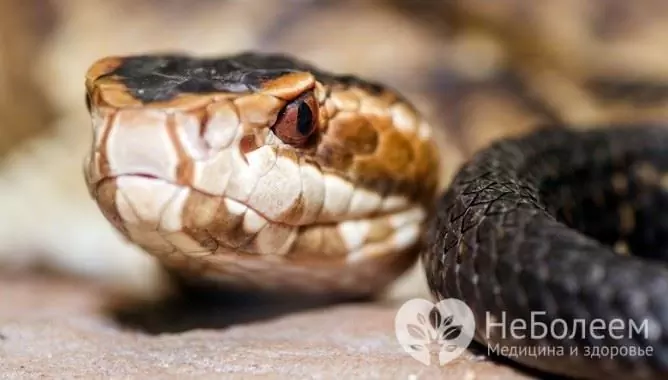
Source: depositphotos.com
Koniin
Spotted hemlock is a plant of the umbrella family. It grows in Asia, North Africa and Europe, including throughout Russia. Its roots, stems, leaves, flowers and seeds contain a variety of alkaloids, and the most poisonous of these is konyin. This substance, when it enters the digestive tract, is very quickly absorbed into the bloodstream and blocks the work of the nervous system, causing paralysis of the motor muscles. In the absence of urgent care, the result is death by asphyxiation. In ancient Greece, hemlock poisoning was the official way to carry out death sentences.
The plant is dangerous because people can mistakenly eat parts of it, confusing the root with horseradish, the leaves with parsley, and the fruits with anise. In addition, there have been cases of death of livestock and poultry when feeding them raw or dried grass. However, in folk medicine and homeopathy, hemlock preparations have long been widely used. They are used to treat menstrual irregularities, intestinal and stomach cramps, anemia, headaches, urinary retention, dry cough and many other pathologies.
Traditional medicine almost does not use hemlock preparations because of the high probability of poisoning. However, at the end of the last century, Russian scientists patented the methods of using such drugs in oncological practice (in particular, in the treatment of sarcoma).
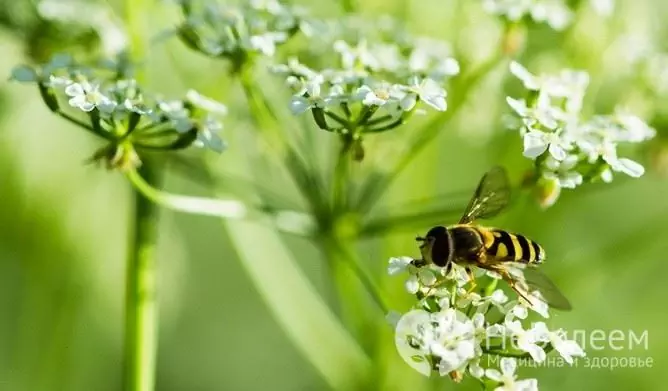
Source: depositphotos.com
Atropine
This alkaloid, capable of causing damage to the nervous system and death by suffocation, is found in plants of the nightshade family: datura, belladonna, henbane, etc. In fact, it is life-threatening only in a fairly high dosage - death is likely with a single intake of 400 mcg per kilogram weight.
Doctors have used atropine for a long time and widely:
- in the form of belladonna extract - as a component of anti-spastic, gastrointestinal, sedative and cardiac drugs, as well as in the composition of suppositories used for hemorrhoids and cough mixtures;
- in ophthalmology - for dilating the pupils during diagnosis (for example, when examining the fundus);
- in anesthesiology - to weaken reflex reactions during surgery and to reduce the tone of the stomach and intestines during X-ray studies;
- as an antidote for poisoning with organophosphorus compounds (karbofos, dichlorvos, sarin, etc.) or some poisons of plant origin (for example, eserin or physostigmine);
- in psychiatry - for the treatment of psychosis.
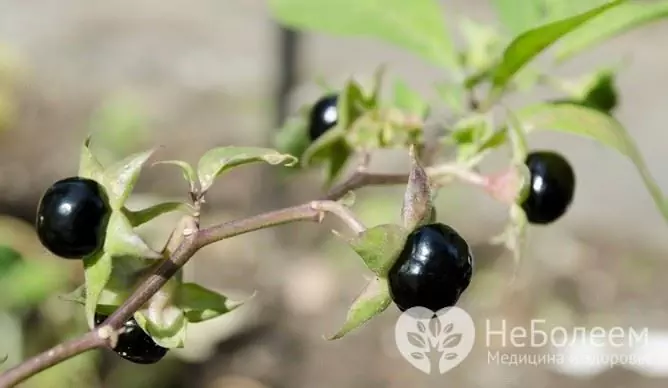
Source: depositphotos.com
Yellow scorpion venom
The yellow scorpion (a species that predominantly lives in the Arabian Peninsula) is a dangerous arthropod with strong venom and extremely aggressive behavior. A yellow scorpion bite is deadly because there is no antidote. A bitten person is at risk of death from anaphylactic shock or pulmonary edema.
Recently, evidence has emerged that one of the components of yellow scorpion venom can be used in the fight against malignant neoplasms of the brain, including the most common of them - gliomas. The drugs are currently undergoing clinical trials, and the results are very encouraging. In addition, on the basis of other components of the poison, the development of drugs has begun, which will be used to treat diabetes mellitus.

Source: depositphotos.com
Chilean pink tarantula toxin
The pink tarantula is a large spider native to Central and South America. In nature, it hunts crickets and other insects, immobilizing prey with poison. The bite of a pink tarantula is not dangerous for human life, with the exception of rare cases of severe allergic reactions.
American scientists have isolated protein from the poison of the Chilean pink tarantula, which reduces the risk of fibrillation and stabilizes the work of the heart muscle. On its basis, a drug has been created, the introduction of which helps to save a person's life during a heart attack.

Source: depositphotos.com
Ergot alkaloid
The parasitic ergot fungus, which infects cereal plants, contains alkaloids (in particular, very toxic - ergotinine), which have a hallucinogenic effect, as well as causing spasms of smooth muscles, convulsions, the development of cataracts, and in high dosage - death. In medieval Europe, in years favorable for widespread ergot, people often ate contaminated grain. At the same time, poisoning often took the character of an epidemic.
Modern agricultural techniques practically eliminate the danger of mass ergot poisoning. But one of its types is specially cultivated for use in pharmacology. Alkaloids secreted from the fungus are part of the drugs used to treat migraines, some nervous disorders and Parkinson's disease, as well as uterine bleeding.

Source: depositphotos.com
Warfarin
This substance was invented in 1948 to combat rodents, but literally three years later it turned out that warfarin is the strongest anticoagulant and can be used as an agent against thrombosis.
Today, warfarin is prescribed for patients who have had myocardial infarction or surgery to install artificial heart valves to reduce blood viscosity and reduce the risk of blood clots.
The use of toxins for therapeutic purposes requires extreme caution. In no case should they be used without a doctor's prescription or isolated on their own from plant materials. It is very important to remember that any violation of the dosage or regimen of taking toxic substances can lead to the most sad consequences.
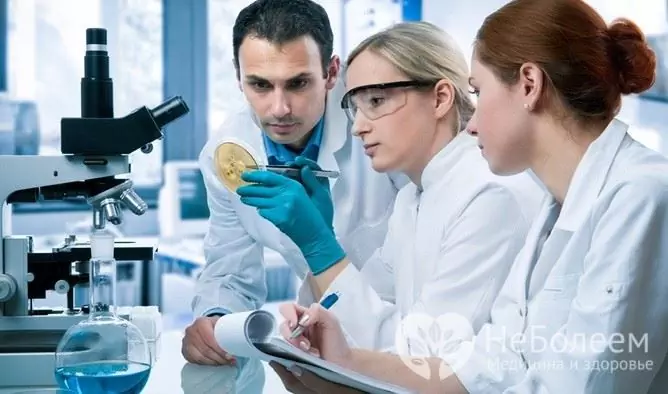
Source: depositphotos.com
YouTube video related to the article:

Maria Kulkes Medical journalist About the author
Education: First Moscow State Medical University named after I. M. Sechenov, specialty "General Medicine".
Found a mistake in the text? Select it and press Ctrl + Enter.

